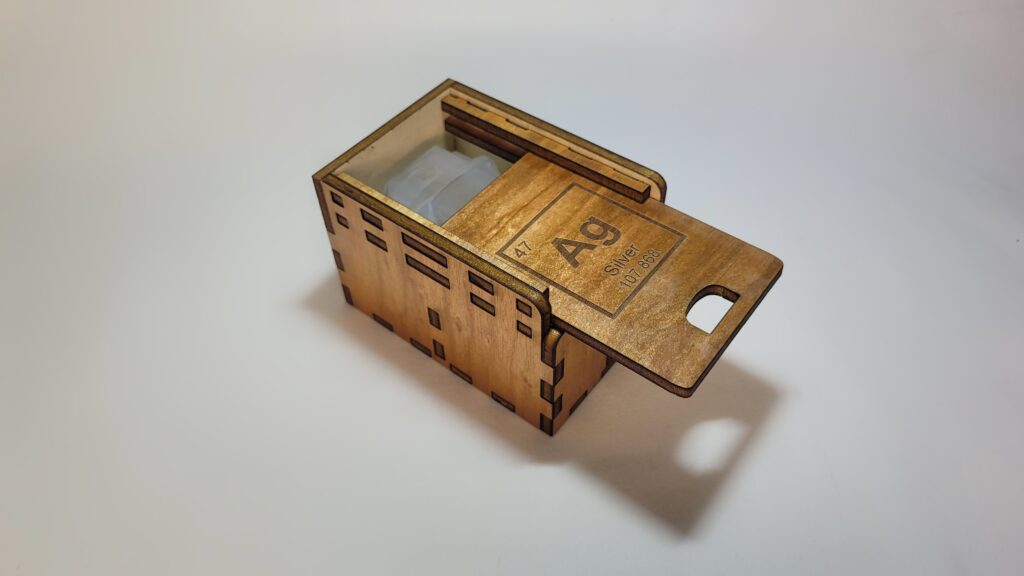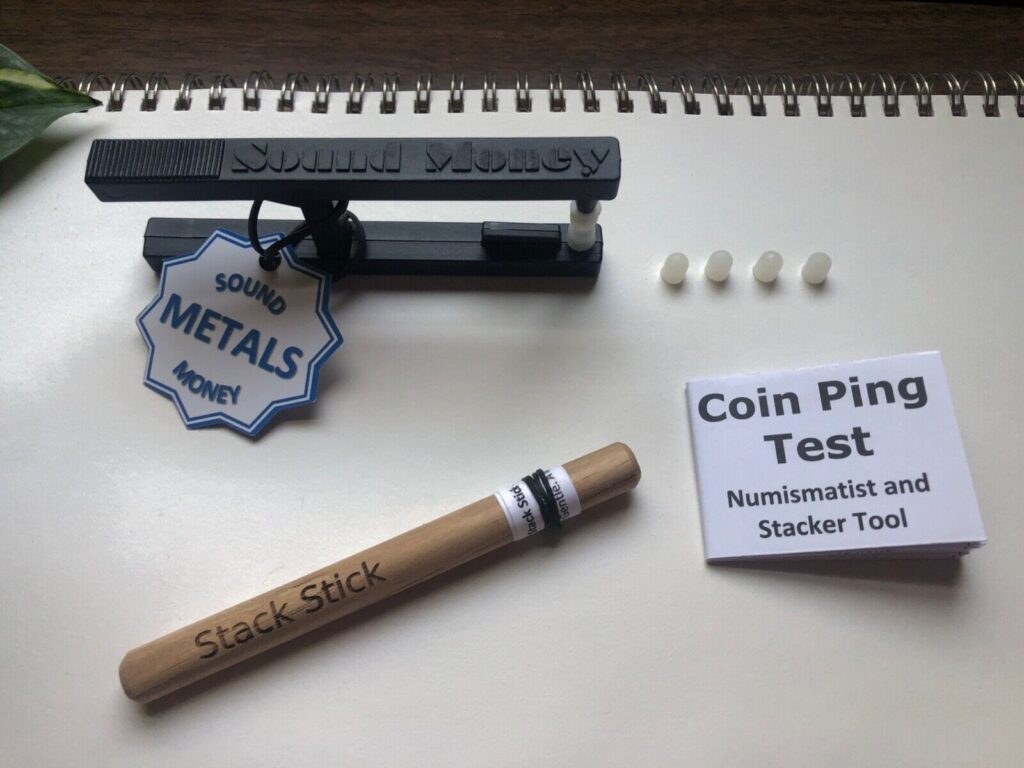
The popularity of silver coins as a collectible item and investment option has increased in recent years. With the rise in demand, there has also been a rise in counterfeit silver coins being sold in the market. As a silver coin collector or investor, it is essential to be able to identify genuine silver coins from counterfeit ones. In this article, we will guide you on how to test silver coins for authenticity.
The Importance of Testing Silver Coins for Authenticity: Collecting silver coins can be a hobby, but it can also be a significant investment. Silver coins can hold a significant value, and it is essential to make sure that the coins you purchase are genuine. Testing silver coins for authenticity helps you avoid investing in fake coins, which can decrease in value over time and result in a loss of money.
Methods of Testing Silver Coins for Authenticity:
- Visual Inspection: The first step in testing silver coins for authenticity is to visually inspect them. Genuine silver coins should have a uniform appearance, with clear markings and engravings. Counterfeit coins, on the other hand, may have blurred markings, uneven surfaces, and other imperfections.
- Magnetic Test: Silver is not magnetic, so if a silver coin sticks to a magnet, it is likely a fake coin made from a magnetic metal.
- Weight Test: Genuine silver coins should weigh the same as stated on the coin. Counterfeit coins may weigh slightly less or more, indicating that they are not made of genuine silver.
- Ring Test: A genuine silver coin will produce a clear, high-pitched ring when tapped. A counterfeit coin, on the other hand, may produce a dull sound or no sound at all.
- Acid Test: This is a more advanced method of testing silver coins for authenticity. You will need to purchase a silver testing kit, which contains acid that reacts with silver to produce a specific color. If the coin is genuine, the acid will react in a specific way, indicating that the coin is made of genuine silver.
Conclusion: Testing silver coins for authenticity is crucial for both collectors and investors. By following the steps outlined in this article, you can ensure that you are investing in genuine silver coins and avoid the disappointment of purchasing counterfeit coins. With the right knowledge and tools, testing silver coins for authenticity can be a simple and straightforward process.
A ring tester is a simple and effective tool used to test the authenticity of silver coins. The basic principle of a ring tester is that silver coins will produce a distinct ringing sound when struck, while other metals will produce a dull thud. To use a ring tester, follow these steps:
1. Choose a silver coin of known authenticity for comparison.
2. Hold the ring tester in one hand and the silver coin in the other.
3. Strike the coin firmly against the ring tester and listen to the sound it produces.
4. Compare the sound produced by the coin to the sound produced by the known authentic silver coin.
5. Repeat the process with several strikes to ensure accuracy.
It’s important to note that ring testers should be used with caution, as coins that are significantly worn or damaged may not produce an accurate sound. Additionally, some fake coins are made with a core of a different metal that may produce a ringing sound, so it’s best to use multiple methods of testing to ensure authenticity.
In conclusion, a ring tester is a quick and easy way to test the authenticity of silver coins. While it may not be the most comprehensive method of testing, it’s a useful tool for collectors and sellers of silver coins to have in their arsenal.


